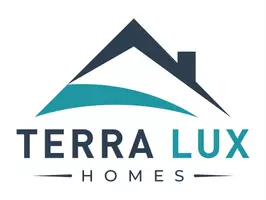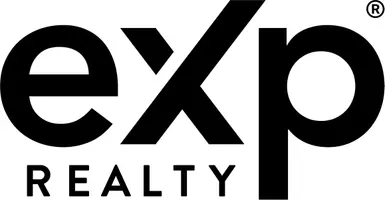Avoid These Costly Updates When Selling Your Home: What Really Pays Off
If you're considering selling your home in the next 3 to 5 years, making strategic upgrades can significantly impact your property's market value. However, not all upgrades are created equal, and blindly investing in renovations may not yield the returns you expect. In this article, we'll explore the concept of "smart upgrades" by delving into a real-life example and offering insights into where you should focus your efforts.
The Pitfalls of Blind Upgrades
To illustrate the importance of smart upgrades, let's examine a case involving a well-maintained colonial home with four bedrooms, three and a half baths, and a basement. The homeowner, aware of an upcoming sale, proactively renovated the kitchen and master bathroom. While the upgrades were impressive, they overlooked critical aspects that could impact a buyer's perception.
The first challenge was the flooring — three types of hardwood on the first floor and two types of tile, creating an uneven look. The kitchen, though updated, lacked an open layout as a wall separated it from the family room. Additionally, the property lacked a traditional backyard, having only a side yard. These fundamental issues were beyond the scope of cosmetic upgrades and posed challenges for potential buyers.
Despite the meticulous renovations, the property lingered on the market for over six months, with numerous showings and open houses. The feedback consistently pointed to the non-negotiable issues — the flooring, the closed-off kitchen, and the absence of a backyard. Eventually, the property sold after several price reductions, leaving the seller with a sense of financial loss.
The Importance of Strategic Planning
The key takeaway from this scenario is that not all upgrades guarantee a return on investment. Upgrades should align with buyer preferences and address fundamental aspects of the home. In the showcased property, the meticulous renovations failed to offset the inherent drawbacks of the flooring, kitchen layout, and limited outdoor space.
Before embarking on upgrades, it's crucial to consult with real estate professionals who can provide insights into market trends and buyer preferences. A calculated approach to upgrades can help maximize returns and minimize the risk of overspending on renovations that may not appeal to potential buyers.
5 Smart Upgrades for Maximum Impact
When preparing your home for sale, consider the following high-impact, cost-effective upgrades:
1. Fresh Paint: A fresh coat of neutral, trendy paint can transform the entire look and feel of a home, providing an excellent return on investment.
2. Trim and Baseboards: Ensuring that trim and baseboards are clean and well-maintained contributes to the overall appeal of the house, creating a positive first impression.
3. Regular Maintenance: While ongoing maintenance may not directly increase the home's value, it can expedite the selling process. Addressing issues promptly, such as a broken doorbell, shows prospective buyers that the property has been well-maintained.
4. Regrouting and Cleaning: Minor fixes like regrouting the tub and keeping the property clean can make a substantial difference. A well-maintained bathroom is more likely to appeal to potential buyers.
5. Landscaping: Trimming trees and bushes, power washing exterior surfaces, and maintaining the yard contribute to curb appeal and create a favorable impression.
4 Upgrades to Avoid
Not all upgrades are worth the investment when selling your home. Some high-cost, low-return upgrades include:
1. Full Kitchen and Bathroom Renovations: While these can enhance a home's value, they may not yield a significant return on investment. Buyers may have specific preferences, and personalized renovations might not align with their tastes.
2. Roof Replacement: Unless the roof is in poor condition, a complete replacement may not justify the expense. Offering a credit at closing for potential roof work can be a more cost-effective solution.
3. Solar Panels: While energy-efficient, not all buyers appreciate or value solar panels. The cost of installation may outweigh the perceived benefits in terms of property value.
4. Extensive Cement Work: Repairs or replacements of driveways, patios, or sidewalks might not yield a substantial return. Consulting with a real estate professional can help determine whether such investments are necessary.
Conclusion
In the realm of home upgrades, strategic planning is key. While updates can enhance a property's value, they should align with buyer preferences and offer a reasonable return on investment. Painting, maintenance, and minor fixes can go a long way in creating a positive first impression without breaking the bank. To navigate the complexities of selling your home, enlist the guidance of real estate professionals who can provide tailored advice based on market dynamics and buyer expectations. Remember, the goal is not perfection but to create a welcoming environment that resonates with potential buyers.
Recent Posts











